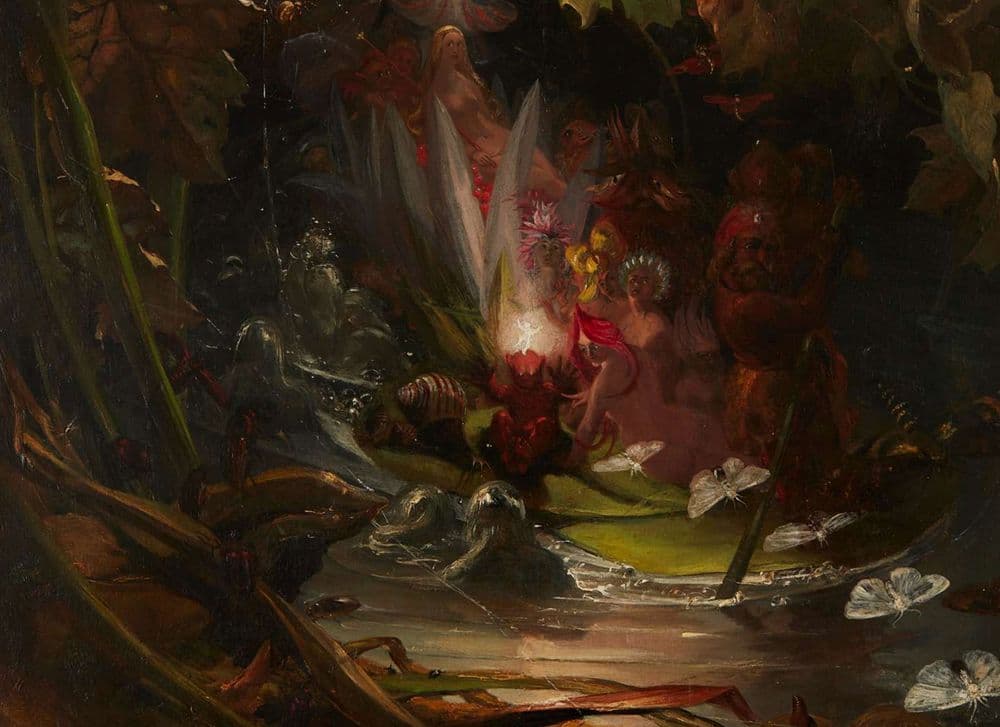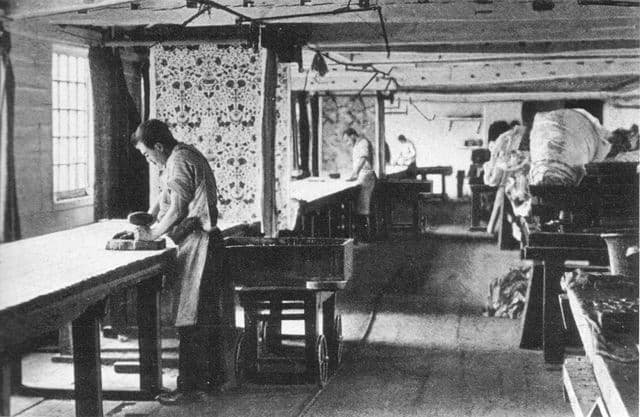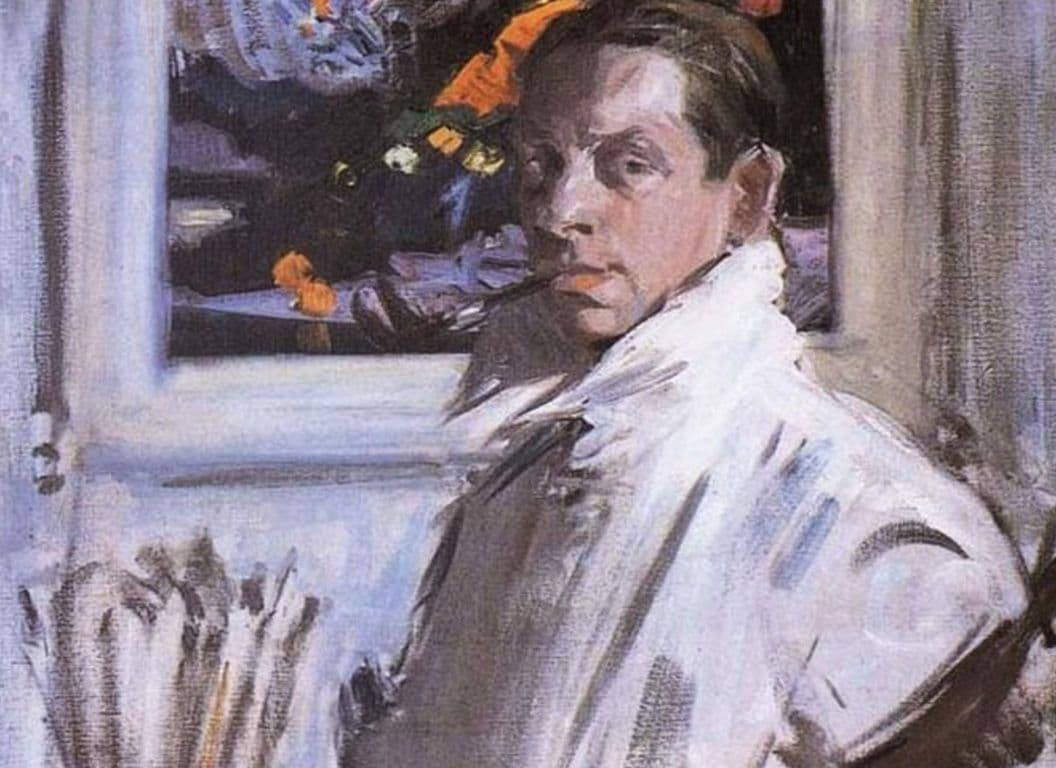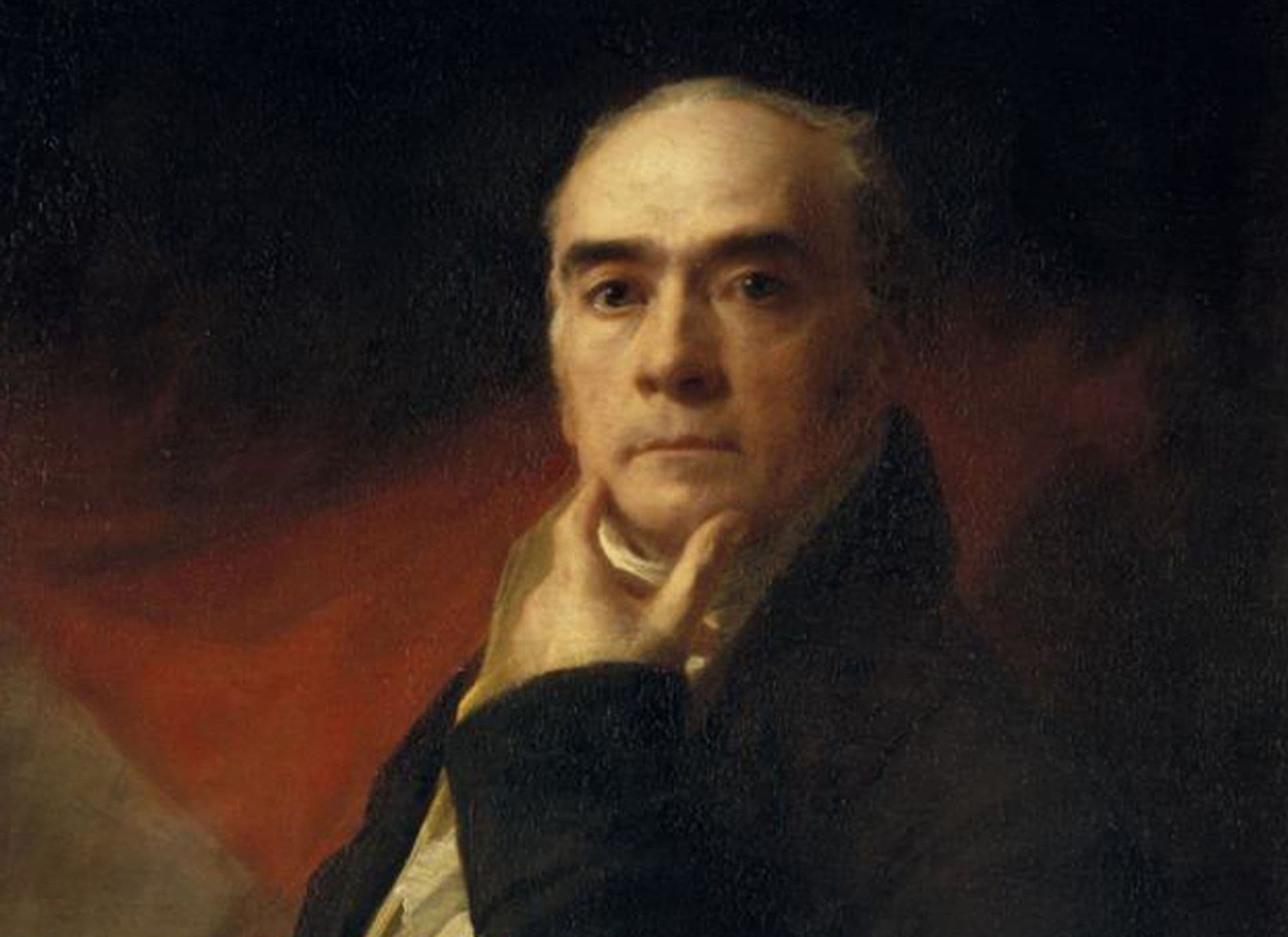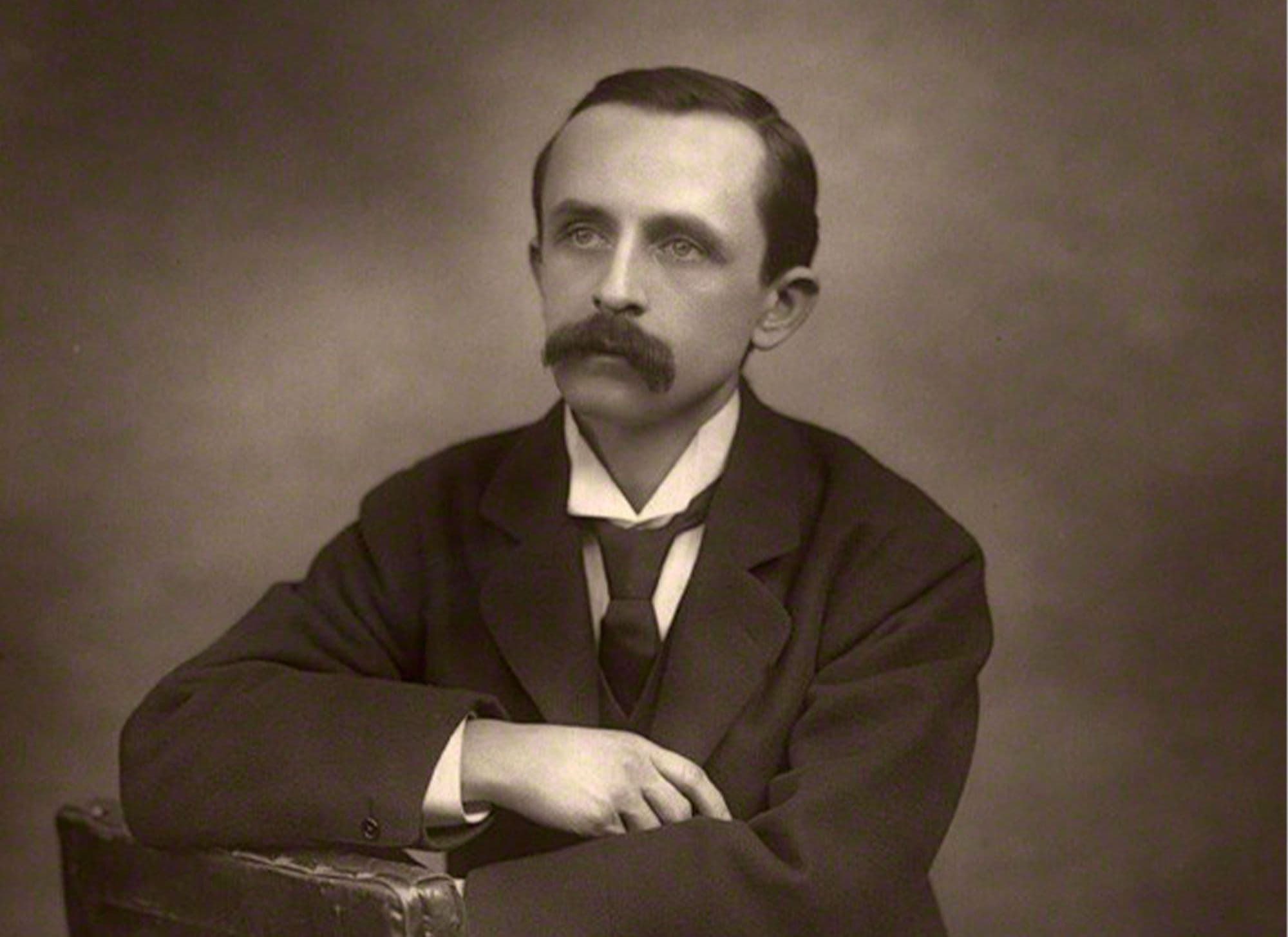William Bell Scott was born in Edinburgh in 1811, the son of the engraver Robert Scott (1777-1841) and younger brother of the painter and poet David Scott (1806-1849). He trained in fine art at the Trustees’ Academy, a forerunner of Edinburgh College of Art.
In 1837 he moved to London, where he soon developed a connection with a group of painters known as ‘The Clique’ who met to sketch together. ‘The Clique’ was founded by the renowned fairy painter Richard Dadd in the late 1830s, and co-alesced around a rejection of high art and a belief that their work should not conform to academic ideals. Bell Scott formed a friendship with Dadd, and they collaborated on illustrations for Samuel Carter Hall’s ‘Book of British Ballads’ (1842).
The group disbanded in 1843 after Dadd was diagnosed insane and institutionalised at Bethlem for killing his father during a psychotic breakdown.
In 1843 Bell Scott was offered the position of Master of the Government School of Design at Newcastle-upon-Tyne, where he would remain for the following twenty years. He nevertheless maintained a relationship with the Pre-Raphaelites in London, and contributed poetry to their journal ‘The Germ’. He was close to William Holman Hunt and, in particular, Dante Gabriel Rossetti, whose family championed his work.
Bell Scott is best-known for his history paintings. In 1854 he was commissioned to paint a series of works depicting the history of Northumberland for Wallington Hall, the Morpeth home of his most valued patron Lady Trevelyan. Five years later he met Alice Boyd of Penkill Castle, Ayrshire, while she studied in Newcastle. The relationship became close, and from the 1860s Scott lived with Alice Boyd and his wife Letitia in a ménage à trois between Scotland and London until the end of his life.
